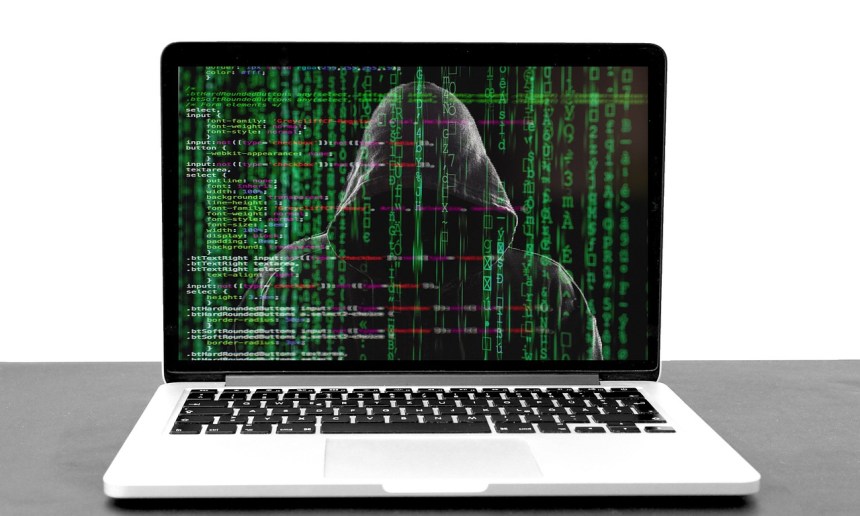Don’t read this Kaspersky report if you’re prone to paranoia. The cybersecurity experts and antivirus manufacturers released its annual “Cyberthreats to financial organizations” paper and two items are about cryptocurrencies. Prepare to be spooked. The report begins with an evaluation of last year’s predictions and they were only wrong about one, and not by much. Plus, 2022’s cyberthreats sound very much like a possibility. Luckily, you found this article and can prepare yourself accordingly.
Related Reading | Hackers Nab $16 Million In BTC Through Bitcoin Wallet Exploit
Both Cybercriminals And State-Sponsored Actors Will Target Cryptocurrencies
First, Kaspersky paints the picture and gives us the least scary threat:
“The cryptocurrency business continues to grow, and people continue to invest their money in this market because it’s a digital asset and all transactions occur online. It also offers anonymity to users. These are attractive aspects that cybercrime groups will be unable to resist.”
And then, Kaspersky makes our skin crawl:
“And not only cybercrime groups but also state-sponsored groups who have already started targeting this industry.”
As the honeypot grows, criminals will be increasingly attracted to cryptocurrencies. That much we can deal with. However, the state-sponsored groups are also a logical progression. How could they not target cryptocurrencies? And they’re going to use much more sophisticated methods to get at you. For example:
Friendly reminder that @fold_app recently partnered with @NianticLabs, backed by the @CIA #DeleteFoldApp https://t.co/IdyXO5eAKb
— L0la L33tz (@L0laL33tz) November 24, 2021
The people behind Pokémon GO recently partnered with Bitcoin rewards card Fold App to make a Bitcoin-themed Pokémon GO clone that pays in BTC. We have no idea if what this Twitter user says holds any water, but the whole enterprise does sound suspicious. And in light of this prediction by Kaspersky, even more so.
However, just to be clear, NewsBTC knows nothing about Niantic Labs and the Fold App. Do your own research.
BTC price chart for 11/26/2021 on Oanda | Source: BTC/USD on TradingView.com
Manufacturing Fake Devices With Backdoors
Once again, Kaspersky makes us rethink our security methods:
“While some people consider it risky to invest in cryptocurrencies, those who do realize that their wallet is the weakest link. While most infostealers can easily steal a locally stored wallet, a cloud-based one is also susceptible to attacks with the risk of losing funds. Then there are hardware-based cryptocurrencies wallets. But the question is, are there sufficiently reliable and transparent security assessments to prove that they are safe?”
However, their prediction is much more concerning:
“In the scramble for cryptocurrency investment opportunities, we believe that cybercriminals will take advantage of fabricating and selling rogue devices with backdoors, followed by social engineering campaigns and other methods to steal victims’ financial assets.”
There are already horror stories about dubious software wallets that end up in lost funds. And yeah, fake hardware wallets seem to be a logical next frontier. Just this year, following the Ledger hack, reports of weird-looking Ledger wallets took over the Internet. However, if a more sophisticated criminal made a better-looking device, it could wreak havoc through the cryptocurrency community.
And if Kaspersky says it will happen…
Related Reading | DeFi Hack: Vee Finance Losses $35 Million To Hackers Following Mainnet Launch
Kaspersky Identifies Even More Cyberthreats
The “Cyberthreats to financial organizations” contains a few more items that aren’t fully related to cryptocurrencies, but may be of interest to all of you. They predict “an exponential growth in infostealers,” and a rise in ransomware from “small regionally derived groups.” Plus, data breaches in Open Banking, Mobile Banking Trojans, and identify risk in remote workers using company equipment for entertainment purposes. Read the whole thing and be prepared for everything.
Featured Image: vickygharat on Pixabay | Charts by TradingView
